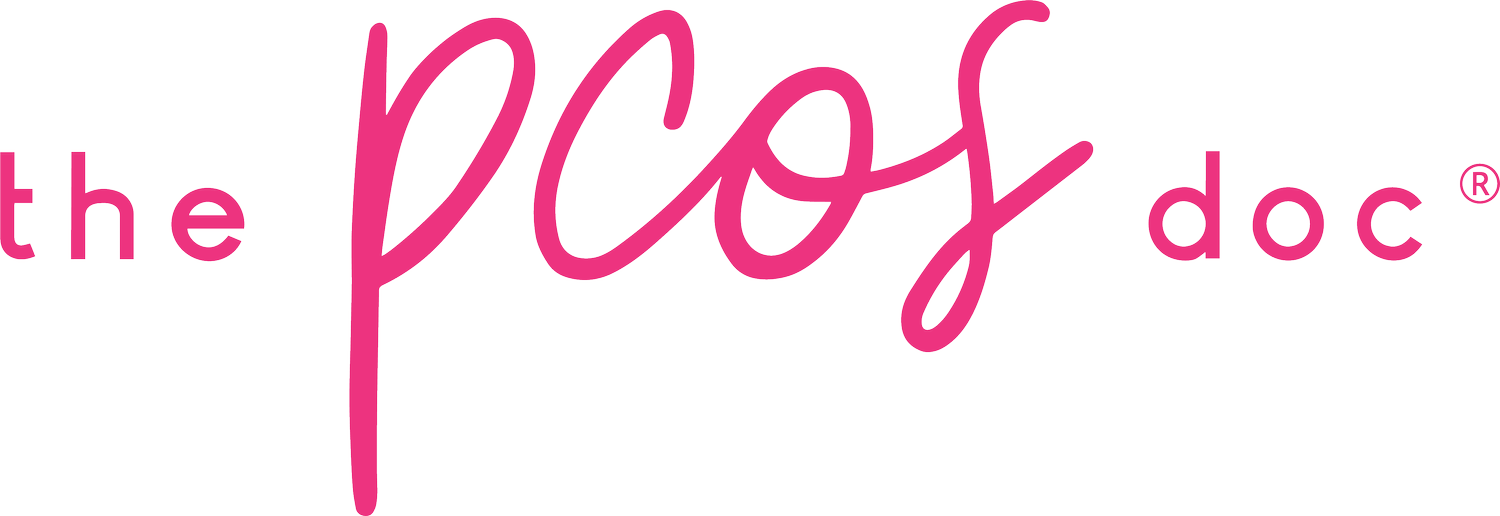A Holistic Guide to Avoiding Toxins During Pregnancy
One of the most important steps a pregnant mother can take for her baby's health is to avoid toxins. The umbilical cord serves as the vital link between mother and baby, supplying essential nutrients for growth. However, a mother’s exposure to harmful chemicals can affect her child’s health into adulthood. A study by the Environmental Working Group (EWG) discovered an alarming 287 chemicals in the umbilical cord blood of newborns, including pesticides, PFOAs (found in Teflon), flame retardants, and various consumer product ingredients. Of these chemicals, 180 are known to cause cancer in animals or humans, 217 are toxic to the nervous system, and 208 have been linked to developmental defects in animal studies.
Unfortunately, the regulatory landscape in the United States has not improved since 1938. The FDA has only banned nine cosmetic ingredients, allowing potentially harmful substances in products used by both children and adults, including skincare, makeup, and hair care products. On average, women apply around 168 different chemicals to their skin daily. Many of these substances are known carcinogens, hormone disruptors, and neurotoxins that can transfer to the developing baby. Moreover, food labeling can be equally misleading. Unlike Europe’s stoplight labeling system—where green indicates safety, yellow signals caution, and red denotes harm—the U.S. lacks stringent policies, with Congress threatening funding cuts if the FDA attempts to improve food labeling safety.
To protect yourself and your baby from toxins during pregnancy, consider the following tips:
Tips for Reducing Toxin Exposure During Pregnancy
Opt for Organic Foods
Whenever possible, choose organic foods to reduce pesticide exposure. If buying organic isn’t feasible, refer to the EWG's Clean 15 and Dirty Dozen lists to identify which fruits and vegetables are most important to purchase organic.
Evaluate Personal Care Products
Investigate the ingredients in your body, makeup, and hair products. Utilize apps like EWG’s Skin Deep or Think Dirty to search for products and their safety ratings. Replace toxic products with safer alternatives!
Be Mindful of Household Cleaners
Many household cleaners are marketed as “natural” or “eco-friendly,” but they can still contain harmful ingredients. It’s easy to be misled by marketing. Instead, consider making your own non-toxic cleaners or opting for recommended brands such as:
Puracy: Shampoo, conditioner, household cleaners 🧴
Branch Basics: Cleaners, laundry detergent 🧼
Choose Safer Cookware
Use stainless steel or cast iron cookware instead of non-stick varieties. Non-stick cookware often contains PFOAs, which are linked to infertility and are likely carcinogenic.
Drink Clean Water
Invest in a good water filter to eliminate heavy metals and toxins from your drinking water supply.
Swap Plastic for Safer Materials
Replace plastic containers with stainless steel or glass alternatives. Avoid microwaving plastic, as chemicals like BPA can leach into food, especially when heated, posing risks as endocrine disruptors.
Take It One Step at a Time
Reducing toxin exposure can feel overwhelming, but it’s important to remember that progress takes time. It’s unrealistic to eliminate all toxins immediately. Instead, focus on making small, manageable changes over time. Prioritize switching out the products you use most frequently. Remember, even minor adjustments can lead to significant improvements in the long run!
A Little Something Extra for the PCOS Girlies 💜
If you’re managing PCOS during pregnancy, balancing hormones and minimizing toxin exposure is crucial for you too! My Ultimate PCOS Starter Kit includes everything you need to support your hormone health in a clean, toxin-free way.
By making mindful swaps and being informed, you can create a healthier environment for you and your baby. You’ve got this, mama!
